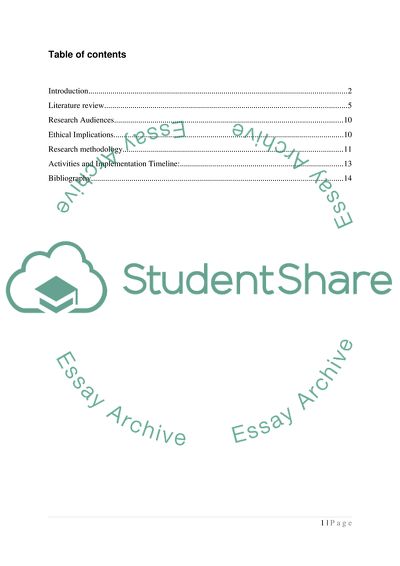Cite this document
(The Relationship between Self Esteem and Smoking in Adolescents in the Research Proposal, n.d.)
The Relationship between Self Esteem and Smoking in Adolescents in the Research Proposal. Retrieved from https://studentshare.org/psychology/1727075-a-lietrature-review-the-relationship-between-self-esteem-and-smoking-in-adolescents-in-the-uk
The Relationship between Self Esteem and Smoking in Adolescents in the Research Proposal. Retrieved from https://studentshare.org/psychology/1727075-a-lietrature-review-the-relationship-between-self-esteem-and-smoking-in-adolescents-in-the-uk
(The Relationship Between Self Esteem and Smoking in Adolescents in the Research Proposal)
The Relationship Between Self Esteem and Smoking in Adolescents in the Research Proposal. https://studentshare.org/psychology/1727075-a-lietrature-review-the-relationship-between-self-esteem-and-smoking-in-adolescents-in-the-uk.
The Relationship Between Self Esteem and Smoking in Adolescents in the Research Proposal. https://studentshare.org/psychology/1727075-a-lietrature-review-the-relationship-between-self-esteem-and-smoking-in-adolescents-in-the-uk.
“The Relationship Between Self Esteem and Smoking in Adolescents in the Research Proposal”, n.d. https://studentshare.org/psychology/1727075-a-lietrature-review-the-relationship-between-self-esteem-and-smoking-in-adolescents-in-the-uk.


